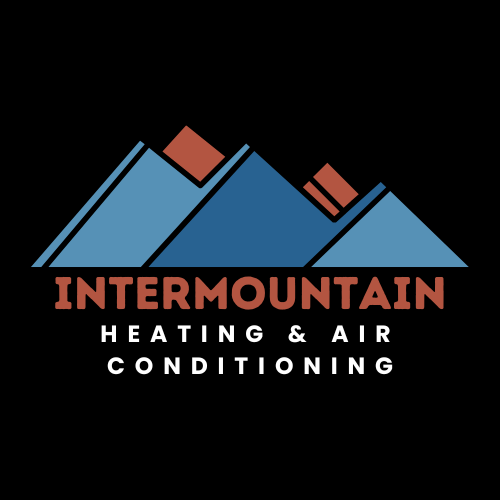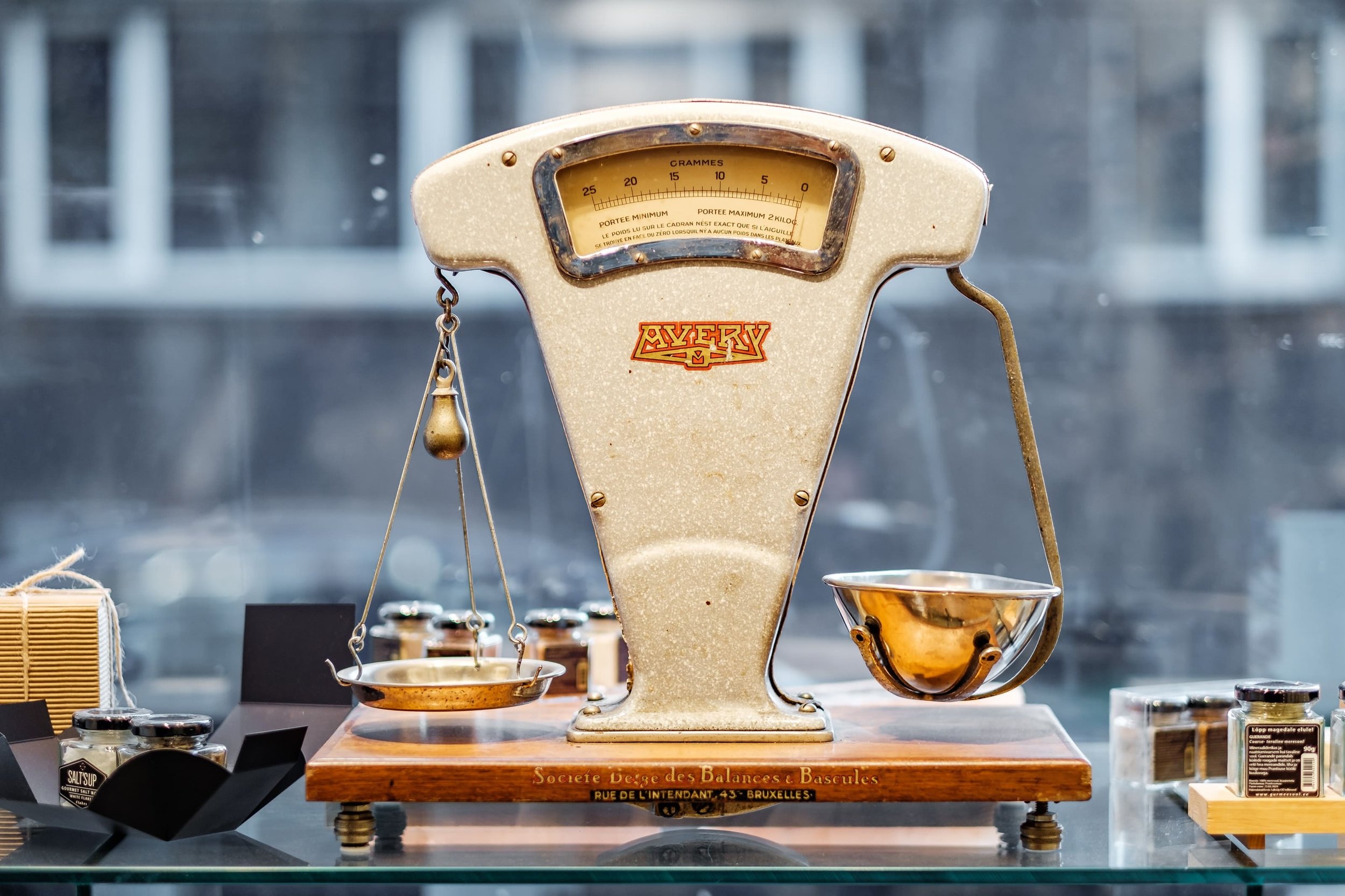4 Risks of Uneven Airflow (And What To Do About It)
Heating and cooling mechanisms are critical to keeping your household up and running these days. Most of us check the thermostat or turn on our air conditioning or heat daily. This forced-air system is vital to maintaining comfort in your home, but it relies on the function of a variety of moving parts.
As a result of long-term use, these parts can lose efficiency over time, leading to uneven airflow and a less comfortable environment. But what is an uneven airflow, and why is it best avoided? Keep reading to discover four risks of this imbalance and what you can do to fix it.
Playing Hot and Cold
The most obvious symptom of an uneven system is a noticeable temperature difference throughout your home. Got a drafty guest bedroom or a simply sweltering office? Uneven airflow is the most likely culprit. There can be many causes behind the breakdown of your heating and cooling system, including inadequate ventilation, leaky ductwork, and incorrectly installed equipment. The initial design and installation of your HVAC system are key, but regular inspections and maintenance can help restore comfort to your home. Working with an experienced HVAC professional is the best way to investigate the situation and diagnose what's going on.
HVAC Efficiency is $$$
Another symptom of uneven airflow? That hole in your wallet! Many of us crank up the heat when we enter a cold room, but if your system is uneven, this could be doing more harm than good. If your system is overexerting itself to heat or cool properly, the proof may be in your energy bill. Increased energy costs are not only hard on your bank account, they're a real stickler for the environment. If you've noticed your bill has increased recently, having your system inspected and optimized could be your knight in shining armor (and save you a few extra bucks on your utilities).
No Air Flow, No Go
Uneven airflow leads to…you guessed it! Reduced circulation. When your system is operating incorrectly, it means some rooms of your home may not be getting the circulation they require. This can lead to stale air being circulated and increased humidity in areas receiving inadequate flow. Not only can this increase the strain on your system, but this can create uncomfortable living conditions in your home or lead to problems like mildew and mold.
An Air Quality No-No
Your home's air quality also suffers when your system is uneven. Things like dust, mold, and debris can thrive throughout your home due to uneven airflow. When the stale air is recycled, it can lead to increased allergy symptoms or health concerns for you and your family due to the amount of particulate that gets circulated throughout your home. Who wants that? Keeping your HVAC system in tip-top shape can help balance your airflow and prevent these disruptive particles from circulating.
Balancing Airflow
If you’ve read through these risks and think you might have an uneven airflow problem, don’t fret! Working with a trained HVAC professional can help you restore the balance in your household. After performing an initial assessment, the technician will build a game plan to optimize your heating and cooling system. This may include conducting repairs, sealing ducts, or putting in critical installations to harmonize your airflow. If your goal is temperature consistency, energy efficiency, better air quality, and increased longevity for your HVAC unit, give us a call for your free consultation today!


